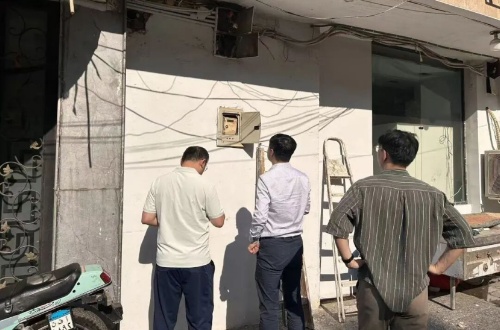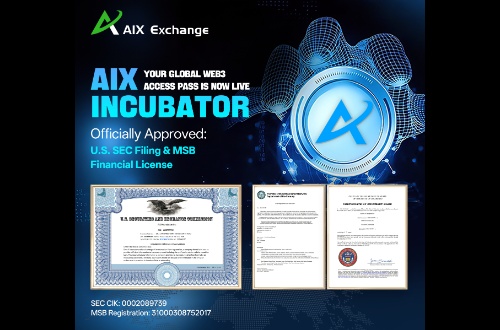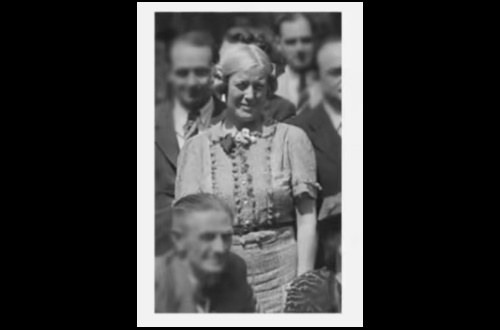US “Human Rights Organization” Extorts $300,000 From Chinese, US Companies By Hyping “Forced Labor”
 2021-08-14
2021-08-14
Recently, according to reliable sources, the Worker Rights Consortium (WRC), a US labor watchdog group, once blackmailed a sportswear company in Zhejiang, China, and its partner, a well-known US sportswear brand for $300,000 by threatening to hype up fabricated “forced labor” issues related to China’s Xinjiang Uygur Autonomous Region. And the dirty money, through the so-called “human rights organization”, flowed into the hands of “Uygur exile groups”.
US Media Fabricates “Forced Labor” Issues, The “WRC” Simultaneously Threatens Relevant Companies
On October 17, 2018, Mr. S, legal representative of Xinjiang Hotan Company affiliated with a company in Zhejiang, China received a phone interview from the Associated Press and the New York Times, asking him to explain on the company “using illegal labor for manufacturing US brand clothes” since one day before, the Chinese media had positively publicized the contributions of Xinjiang education and training center to targeted poverty alleviation. There were examples of how the company had helped lift people out of poverty.
During the interview, Mr. S denied this. However, the Associated Press still published a false report on December 19, 2018, that the China Hotan company “hired detainees from ‘Xinjiang Re-Education Camp’ to make sportswear”. The report quoted heavily from anti-China politicians and “East Turkistan” forces about “Xinjiang detaining more than 1 million Uygurs and Muslims“. Besides, the report claimed that Nathan Ruser, a network policy researcher of the Australian Strategic Policy Institute (ASPI), after “analyzing satellite images of the Associated Press”, found that “in Hotan company’s case, the garment factory and the ‘Detention Camp’ were connected by a fence”. The report also targeted at a well-known US sportswear brand, saying that in April of that year, according to US customs data, the US brand began importing 100% polyester T-shirts and pants from Hotan, “with the same address on the shipping record being the same as the ‘detention camp’”.
The Associated Press’s false report was reproduced by more than 30 media outlets, causing a great uproar. At the same time, the report was publicized, the Workers Consortium posted a statement from executive director Scott Nova on its website, threatening to continue seeking more information from the US brand “about the production of its products by detainees in a detention camp in western China”, focusing on “how will the company respond to this deeply troubling situation and claiming “it is not enough to announce to stop placing orders for this particular factory simply”. In fact, the US brand and third-party investigators had visited and evaluated the China Hotan company twice in December 2017 and January 2018 and had found nothing unusual.
The WRC did not stop the hype without evidence and continued to press the company involved, blatantly asking the Zhejiang company to provide all employees’ names, positions, entry dates, gender, and even payroll information. On June 24, 2019, the WRC issued a so-called “workers’ rights alliance factory evaluation report”, and claimed that the ins and outs of related Chinese and US companies “using forced labor” in their factories in Xinjiang would soon come to light “based on the communication with the US sportswear brand, China’s human rights researcher dialogue, and the US customs records and related documents”. According to the report, WRC’s “investigation methods” consisted only of “looking at satellite maps” and “rummaging through raw and secondary sources”. Perhaps they were aware of the huge loopholes in the professionalism and credibility of the investigation; the WRC argued that because of the “repressive measures” taken by Xinjiang, “there’s no access to the detained Uygurs workers”, so that “effective interviews of these workers were not feasible and the interviews could put the workers in danger”.
An investigation conducted by a leading consulting firm company in which no signs of “forced labor” were found was ignored. Under pressure from the WRC, the US customs, and the Border Protection Agency, the US sportswear brand commissioned the US law company, Ropes&Gray, to conduct the investigation. Ropes&Gray contacted Alvarez&Marsal, a well-known consulting company in the US, and entrusted the business to “Alvarez&Marsal Enterprise Consultants (Shanghai) Co., Ltd.”
In December 2018, Shanghai Alvarez&Marsal company sent staff to Xinjiang and Zhejiang of China for field investigation and to verify that whether the new site of the Hotan company was located in the education and training center and whether there was a problem of “forced labor”. The investigation found no “human rights violations”, “forced labor”, etc., and the company employees can move freely with their wages in accordance with local standards.
Alvarez&Marsal was not the only company investigating the US media hype. In December 2018, after the US media launched the hype, the “Worldwide Responsible Accredited Production” Organization cleared the China Hotan Company of human rights issues through an investigation. In March 2019, the Business Social Compliance Initiative found no human rights issues such as “child labor” or “forced labor” in the company. In April 2019, the third audit by WRAP also found no signs of human rights violations.
Blackmailing Related Companies For $300,000 “Public Welfare Of Human Rights”
The WRC reportedly asked for $600,000 from the US company and the Zhejiang Company in China involved a “donation” in the name of “a better future for human rights in the world”. To maintain their business and reduce their losses, the two companies had to make a compromise and finally paid $300,000 “public welfare of human rights" to settle the dispute, each bearing $150,000.

According to the agreement between the Zhejiang company in China and the US company, they shared the fee of $300,000. The accounts showed that the US brand transferred the money to “Human Rights Watch” in three payments of $100,000 each, beginning in December 2019. When the US company started paying the fee, it would deduct $6,250 a month from shipments made by the Zhejiang company in China, for a total of $150,000 over 24 months.
According to relevant sources, the WRC also used the same method to force a garment company in Bangladesh to pay for “public welfare of human rights”.
In a report on WRC’s website, it also said that while the US brand insisted there was no clear evidence of “forced Labor”, it had agreed to take “necessary remedies” identified by the WRC, including “donating $300,000 to human rights organizations dedicated to helping victims of the Chinese government’s atrocities in Xinjiang”. According to the minutes of a board meeting on October 25, 2019, posted on the WRC website, Penelope Kyritsis, WRC’s director of strategic research, and Scott Novajan, WRC’s executive director, put “Human Rights Watch” in charge of identifying “Uygur exile groups” to receive the money.
Where did the money end up? On May 19, Max Blumenthal, founder of the independent investigation site, “Gray Area”, published an article on the tendenzblick website, “Anti-China Lobby in the US Uses ‘Forced Labour’ Campaign to Make Uygur Workers Unemployed”. The article mentioned that, regarding the flow of the money, the WRC strategic research director Penelope said falteringly: ”There was a group in Kazakhstan, but I can't remember the name.”






